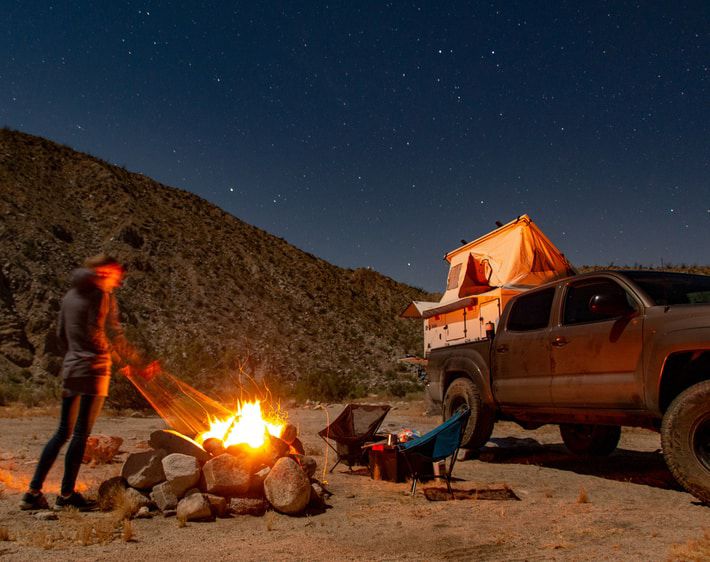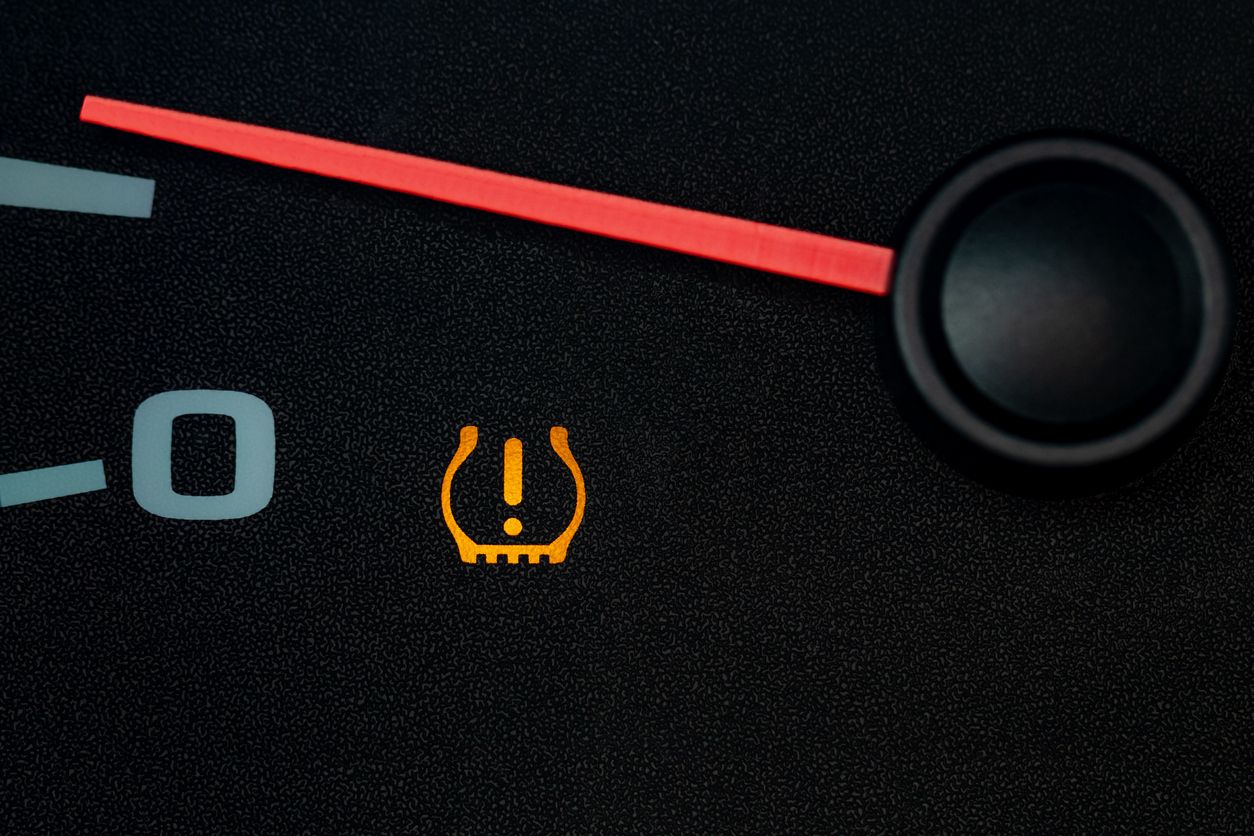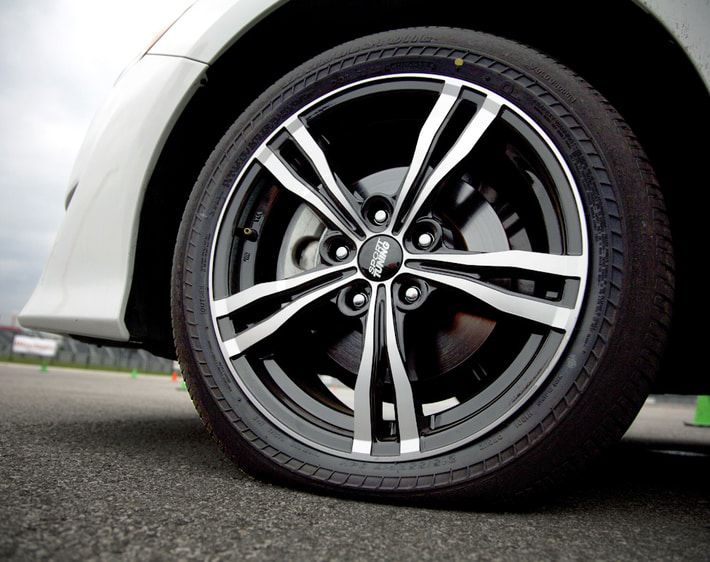Are you thinking about going on an off-road adventure? Overlanding can be an exciting way to get off the beaten path and make memories! You just have to make sure your vehicle is equipped with the right tires to handle the terrain. Read on to learn about the best tires for overlanding and what to consider when it comes to tire selection.
What is Overlanding?
Simply put, overlanding is adventure-based driving. An overlanding trip will include on and off-road driving, outdoor exploration, and camping. For many, the goal of overlanding is to be self-reliant and to have all of the essentials needed for their adventure inside their vehicle. From pop-up trunk tents to modified covered truck beds complete with a mattress and camping stove, there's really no wrong way to overland.
With so much on and off-road travel, the terrain can get pretty unpredictable during an overlanding excursion. To help protect your vehicle and all of your overlanding equipment on board, it's important to have the right type of tire to ensure your next destination is never out of reach.
A Few Considerations
When it comes down to it, there is no “one-size-fits-all” approach to choosing the best overlanding tires. Finding the right tires will depend on where your overlanding adventure will take you, the kind of conditions you’ll face, and the vehicle you’re driving. If you drive a pickup truck, for example, there are five tire types to consider.
In terms of the best tire size for overlanding, many people believe that bigger is better. In reality, this is only partly true. One of the biggest benefits of having taller tires is that your vehicle gets more clearance from the terrain. But too big can be bad for your car depending on how it alters your suspension and driveline.
It’s all about finding the right balance between extra ground clearance and smooth performance. Usually, it’s better to stay near the manufacturer-recommended tire size for your vehicle, but you’ll have to consider the trade-offs for yourself and decide what’s important.
For on-the-road driving, remember that raising the vehicle higher means raising the center of gravity higher. This also means that vehicle stability becomes less safe. Steering wheel feedback from taller tires also typically results in such vehicles becoming equipped with steering stabilizers, which are like shock absorbers for your steering wheel rotation. Additionally, if you plan on sizing up your tires, you may experience some tire rubbing and a decrease in fuel efficiency.
Best Tire for Versatility: All-Terrain
All-terrain tires, like the Firestone Destination A/T and Bridgestone Dueler A/T, are built to adapt to wherever the road takes you. They’re suitable for use on paved roads — without being too noisy — and can tackle bumpy, backcountry trails with ease. All-terrain tires are ideal if you spend a lot of time on unpaved or wet roads and don’t want the hassle of changing tires when you reach pavement again. They perform well during light overlanding excursions and under tricky conditions like loose gravel and snowy streets.
For most people, all-terrain tires are all they need for a good time outdoors. However, if you plan on overlanding for an extended period of time or want to tackle particularly difficult terrain, you’ll need a little extra oomph!
Best Tire for Heavy-Duty Overlanding: Maximum Traction
Let’s say you want to take your overlanding adventure up a notch with rougher terrain. Maybe you’re dealing with steep elevation changes in the snow, trekking across a rocky desert, or driving through deep mud pits. You’ll need a tire with a deep and aggressive tread pattern that ensures you have enough gripping power to get through the wilderness. That’s where maximum traction — sometimes called mud-terrain — tires come in, like the Firestone Destination M/T2.
Maximum traction tires are built to be even more sturdy than all-terrain tires thanks to their steel-reinforced sidewall construction and extra-durable tread compound. With maximum traction tires, you’re better protected from punctures, chips, and tears — plus aggressive lugs on the upper sidewall give your tires extra bite to get out of tight spots.
Yet, with such aggressive wheels for overlanding, it’s no surprise that these tires are not suited for everyday road use. Maximum traction tires make an impressively loud and unpleasant sound on paved roads and won’t provide the smoothest driving experience. For some people, that’s a small price to pay for a truly exhilarating overlanding adventure.
Get the Best Tires for Any Adventure
Are you already planning your next overlanding adventure? Be prepared for wherever the road takes you — and wherever it doesn't! — with the right set of tires. Head to a Firestone Complete Auto Care to talk to our tire experts about fitting your SUV or truck with the right tires.



